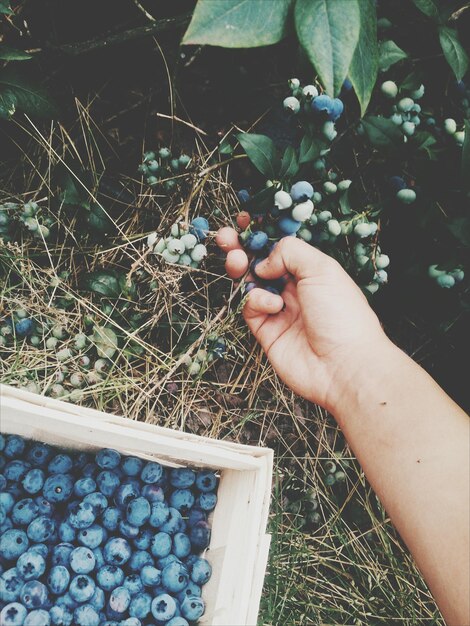Blueberry cultivation in South Africa has experienced significant growth in recent years, fueled by increasing consumer demand for this nutritious and flavorful fruit. To meet the rising demand and ensure the success of blueberry farming operations, growers must implement effective techniques for enhancing both quality and yield. In this article, we will explore some proven strategies for maximizing the quality and productivity of blueberries in South Africa.
1. Selecting Suitable Varieties:
Choosing the right blueberry varieties is essential for achieving optimal quality and yield in South Africa’s diverse growing conditions. Consider factors such as climate, soil type, and chilling requirements when selecting varieties for cultivation. Popular blueberry cultivars suited to South African conditions include ‘Misty,’ ‘Sharpblue,’ and ‘Legacy,’ which offer excellent flavor, productivity, and adaptability to local climates.
2. Soil Preparation and pH Management:
Proper soil preparation is crucial for establishing healthy blueberry plants and promoting vigorous growth. Conduct soil tests to assess pH levels and soil fertility, and amend the soil as needed to achieve the optimal pH range of 4.5 to 5.5 for blueberry cultivation. Incorporate organic matter, such as compost or peat moss, to improve soil structure, moisture retention, and nutrient availability.
3. Irrigation and Water Management:
Blueberries have shallow root systems and require consistent moisture throughout the growing season to thrive. Implement efficient irrigation systems, such as drip irrigation or micro-sprinklers, to deliver water directly to the root zone while minimizing water waste and reducing the risk of disease. Monitor soil moisture levels regularly and adjust irrigation schedules based on weather conditions and plant needs.
4. Fertilization and Nutrient Management:
Develop a comprehensive fertilization program tailored to the specific needs of blueberry plants throughout the growing season. Apply balanced fertilizers containing nitrogen, phosphorus, and potassium, as well as micronutrients such as iron, manganese, and zinc, to promote healthy growth and fruit development. Monitor nutrient levels in the soil and adjust fertilizer applications as needed to maintain optimal plant nutrition.
5. Pruning and Canopy Management:
Pruning is essential for maintaining the health, productivity, and structure of blueberry plants. Conduct annual pruning to remove dead or diseased wood, thin out overcrowded branches, and promote airflow and light penetration within the canopy. Train plants to a vase-shaped or open-center structure to maximize sunlight exposure and improve fruit quality and yield.
6. Pest and Disease Control:
Effective pest and disease management are critical for protecting blueberry crops from damage and ensuring high-quality fruit production. Implement integrated pest management (IPM) strategies, such as cultural practices, biological control, and chemical interventions, to minimize pest pressure and reduce the risk of disease outbreaks. Monitor plants regularly for signs of pests and diseases, and take prompt action to mitigate risks and prevent crop losses.
7. Netting and Bird Protection:
Birds can pose a significant threat to blueberry crops, causing damage to fruit and reducing overall yield. Install bird netting or bird scare devices to deter birds from accessing the crop and protect the fruit from damage. Consider using reflective tape, noise deterrents, or visual scare devices to create a hostile environment for birds and minimize crop losses.
By implementing these proven techniques for enhancing quality and yield, blueberry growers in South Africa can optimize their production practices and cultivate successful harvests. From selecting suitable varieties and preparing the soil to managing irrigation, pests, and diseases, attention to detail and proactive management are essential for achieving excellent fruit quality and maximizing profitability. By adopting sustainable and integrated approaches to cultivation, South African blueberry growers can continue to meet the growing demand for high-quality, locally grown blueberries and contribute to the success of the agricultural industry.
Join 'Farmers Mag' WhatsApp Channel
Get the latest Farming news and tips delivered straight to your WhatsApp
CLICK HERE TO JOIN






